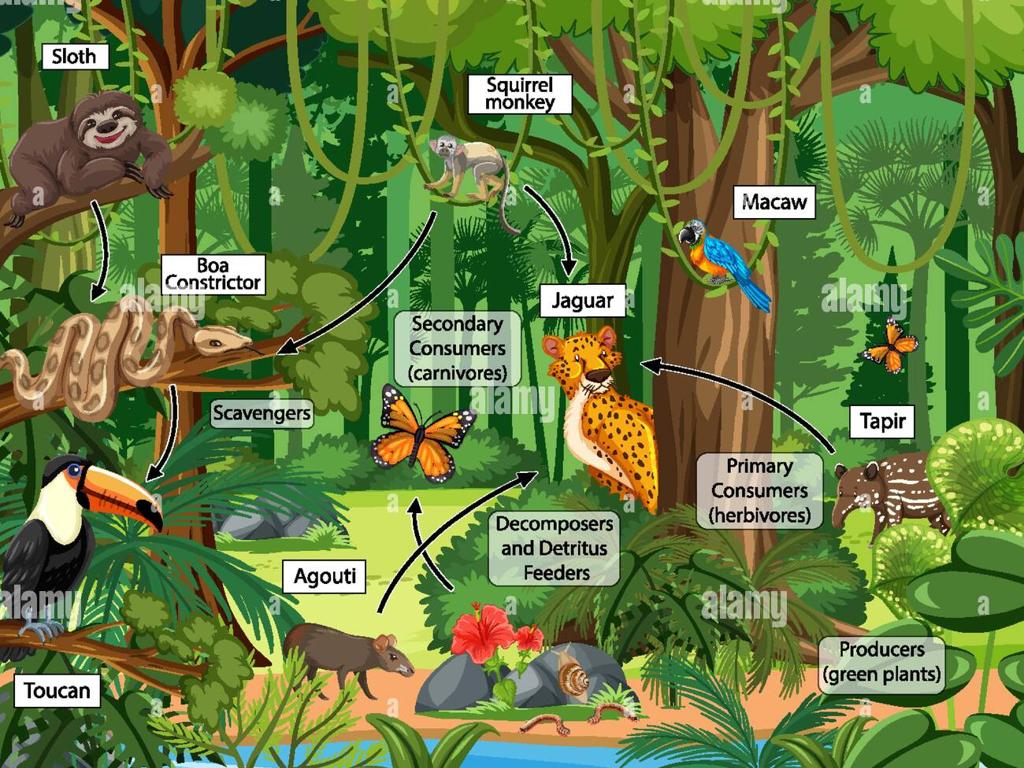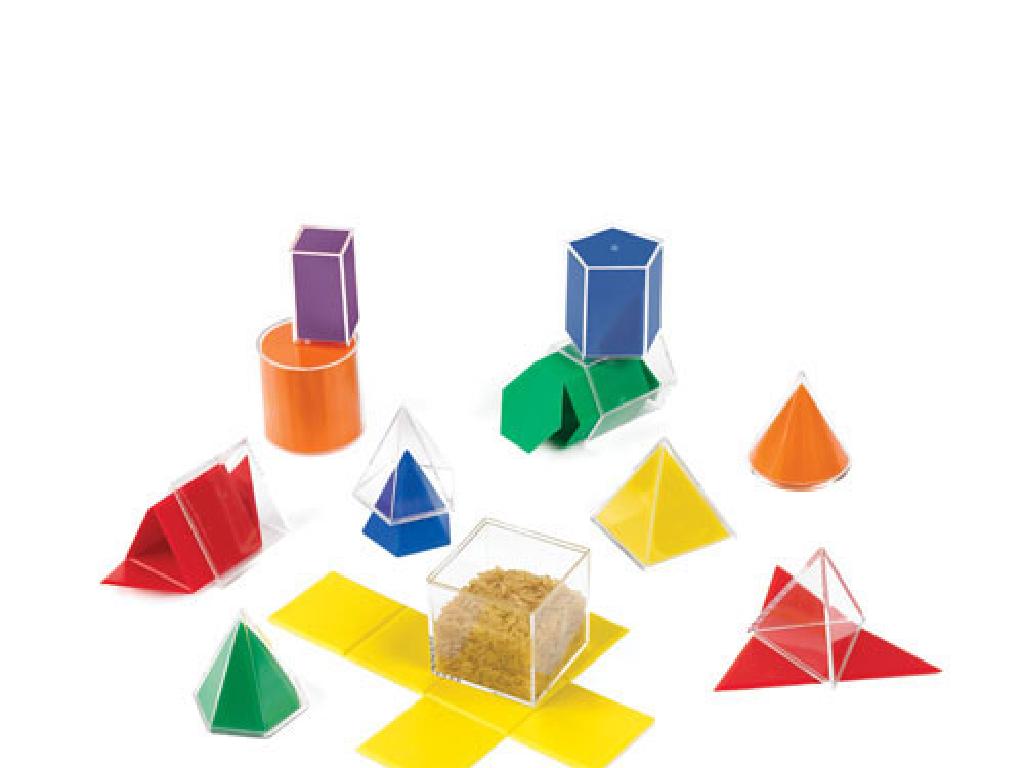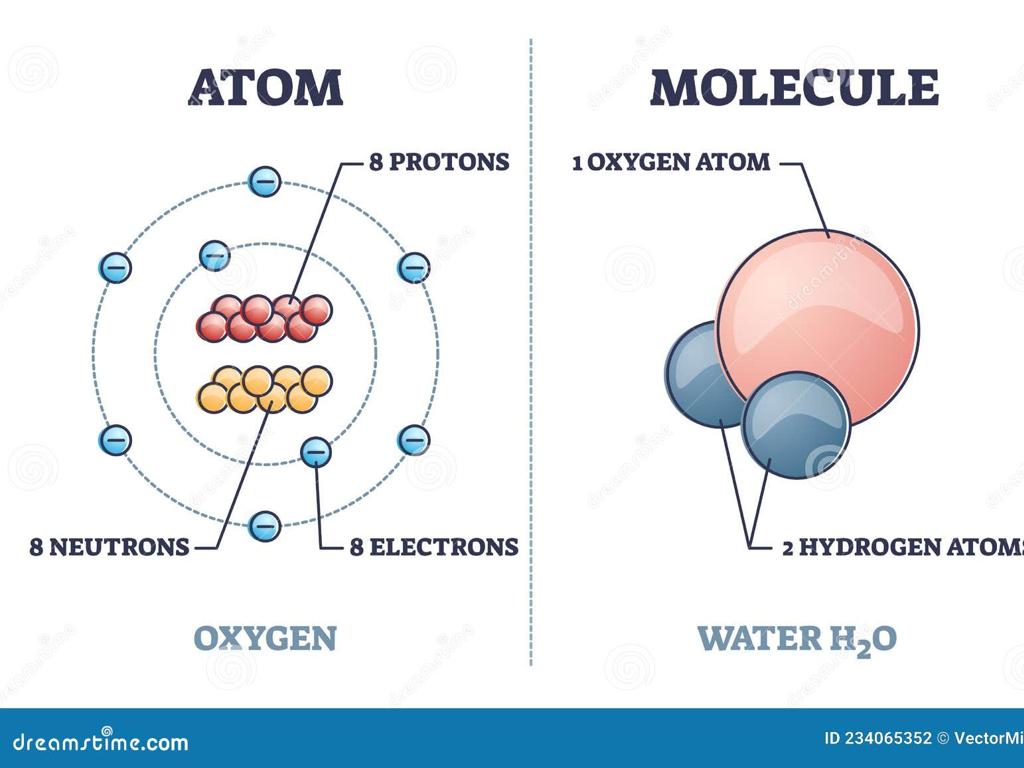Observe And Compare Traits
Subject: Science
Grade: Third grade
Topic: Traits
Please LOG IN to download the presentation. Access is available to registered users only.
View More Content
Welcome to Traits!
– Learning about traits
– Defining traits
– Traits are features or characteristics
– Traits in humans and animals
– Eye color in humans, fur patterns in animals
– Observing plant traits
– Leaf shape or flower color in plants
|
This slide introduces the concept of traits to third-grade students. Begin by explaining that traits are special features or characteristics that make us unique, such as our hair color, height, or even the shape of our leaves if we’re talking about plants. Provide examples of traits in humans like eye color, in animals such as patterns on fur, and in plants like the color of flowers or shape of leaves. Encourage students to observe and think about different traits they see in the classroom, at home, or outside. This will set the foundation for understanding how traits are passed down from parents to offspring and vary within a species.
Understanding Traits
– Traits are distinct features
– Like eye color, leaf shape, or bird songs
– Traits affect appearance, sound, behavior
– How we look, our voice, or how we act
– Some traits are inherited
– Passed from parents to children
– Other traits are learned
– Skills or habits we gain from experience
|
This slide introduces the concept of traits to third-grade students. Traits are the characteristics or features that make us unique. They can be physical, like the color of our eyes or the shape of leaves, or behavioral, like the way a bird sings or how we act in social situations. Some traits are inherited, meaning they are passed down from our parents through genes. Other traits are learned, which means we acquire them through our experiences, such as learning to ride a bike or read. Encourage students to think of examples of traits they have observed in themselves, their families, or in nature. This will help them understand the concept of traits and how they can be compared.
Inherited vs. Learned Traits
– What are inherited traits?
– Traits passed down from parents, e.g., eye color
– What are learned traits?
– Skills or behaviors you learn, e.g., riding a bike
– Examples of inherited traits
– Examples of learned traits
|
This slide introduces the concept of inherited and learned traits to third-grade students. Begin by explaining that inherited traits are physical characteristics or behaviors that are passed from parents to their children through genes, such as eye color, hair type, or even the shape of a nose. Then, discuss learned traits, which are not inherited but acquired through interaction with the environment, such as learning to ride a bike, reading, or swimming. Encourage students to think about their own traits and identify which ones they believe are inherited and which ones they have learned. This will help them understand the difference between the two and how both types of traits make them unique individuals.
Observing Traits in Nature
– Observe plant and animal traits
– Look at leaves, flowers, fur, and feathers
– Notice shapes, sizes, and colors
– Big, small, round, long, green, red, etc.
– Traits aid in survival
– Camouflage or attracting pollinators
– Discuss trait variety in class
|
This slide aims to introduce students to the concept of traits in plants and animals, emphasizing the importance of observation. Traits are characteristics like shape, size, and color, which can be easily observed in nature. These traits often serve a purpose, such as helping an organism survive by camouflaging it from predators or attracting pollinators for plants. Encourage students to think about the traits they observe and how they might help the plant or animal. Prepare to facilitate a discussion where students can share their observations and thoughts on why certain traits might be advantageous in specific environments.
Comparing Traits Among Animals
– Why dogs have various traits
– Traits like fur color or ear shape can vary in dogs.
– Traits’ role in survival
– Some traits help animals like better smell for finding food.
– Activity: Trait Comparison
Compare traits like fur, ears, or tails of two animals.
– Discuss findings in class
|
This slide introduces the concept of traits and their importance in animals’ survival. Start by discussing why different dogs (or other animals) have different traits, such as fur length, color, or ear shape, and how these traits can be a result of adaptation to their environment. For the activity, students will choose two different animals and compare their traits, considering how each trait might help the animal survive or thrive in its habitat. Encourage students to think critically about the function of each trait and be ready to discuss their observations in the next class. Provide guidance on how to observe and record their findings systematically.
Traits in Our Classroom
– We all have unique traits
– Observe and compare with respect
– Look at hair color, eye color, but be kind
– Every trait is valuable
– No trait is better or worse, they’re just different
– Traits make us who we are
– Your traits are like a personal fingerprint
|
This slide is meant to foster a positive classroom environment where students learn to appreciate the diversity among them. Start by explaining that traits are features we can observe, like hair and eye color, height, and more. Encourage students to look around the classroom and notice how everyone is unique, emphasizing the importance of doing this respectfully and without judgment. Reinforce the idea that every trait is important and contributes to the individuality of each person. This activity not only teaches about genetic traits but also promotes inclusivity and self-esteem. As an activity, students can draw portraits of their classmates, focusing on different traits, or list traits they observe in a respectful and appreciative manner.
Class Activity: Trait Scavenger Hunt
– Let’s explore traits with a scavenger hunt!
– Find friends with different hair and eye colors
– Look for brown, blonde, black, or red hair and blue, green, or brown eyes
– Record your findings on the hunt sheet
– Use the sheet to note down each trait you find
– Observe how we all have unique traits
– Notice how each trait varies from person to person
|
This activity is designed to help students observe and compare different traits among their classmates in a fun and interactive way. Before starting, explain what traits are and give examples. Distribute the scavenger hunt sheets and explain how to fill them out. Students should look for various hair colors, eye colors, and other visible traits. As they find classmates with the listed traits, they should record this on their sheets. After the activity, gather the class and discuss the variety of traits observed. Highlight the diversity in the classroom and how each trait makes us unique. This will help students understand the concept of inheritance and variation within a population.
Celebrating Our Unique Traits
– Traits make us unique
– Observing & comparing traits
– We used our senses to notice traits in plants and animals
– Embrace our differences
– Our differences are valuable and special
– Diversity makes life interesting
– Think about how boring it would be if we were all the same!
|
This slide wraps up our lesson on traits by emphasizing the uniqueness and diversity of living things. It’s important to reinforce the idea that traits are characteristics that make each person and organism special. During the lesson, students learned how to use observation skills to identify and compare traits among classmates and in nature. Encourage students to appreciate and respect the differences they observe in others and in the world around them. This understanding fosters a sense of wonder and respect for the diversity of life. As a closing activity, consider having students draw a picture of a plant or animal with a unique trait they learned about and share why it’s interesting to them.

/mla_works_cited_format.png)



